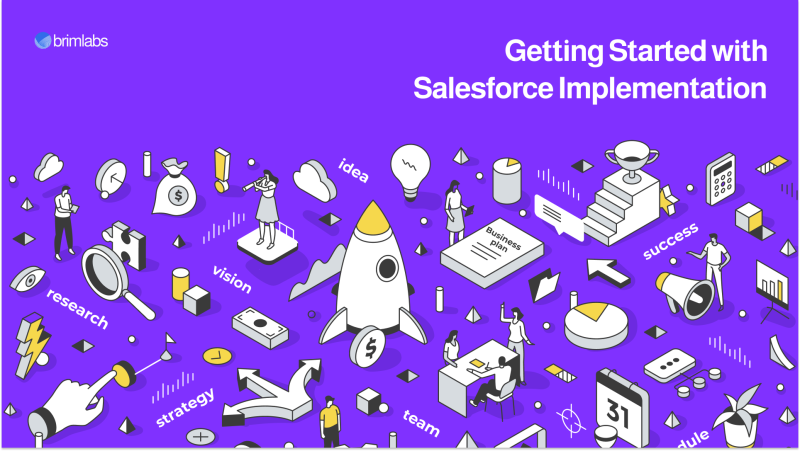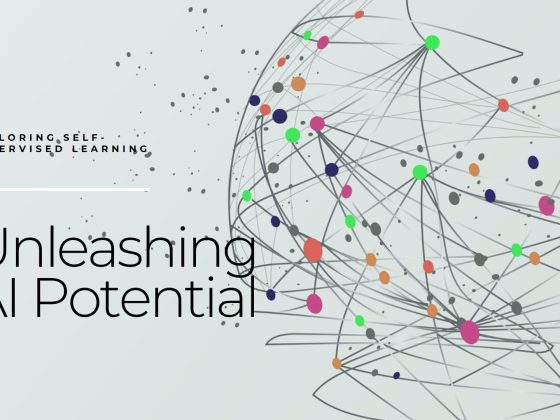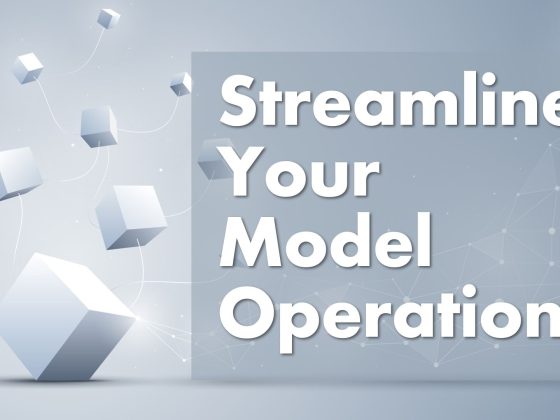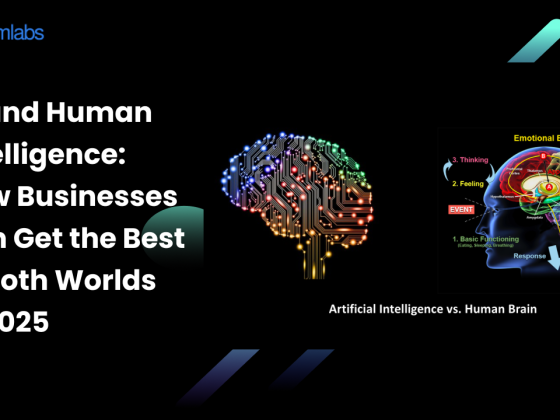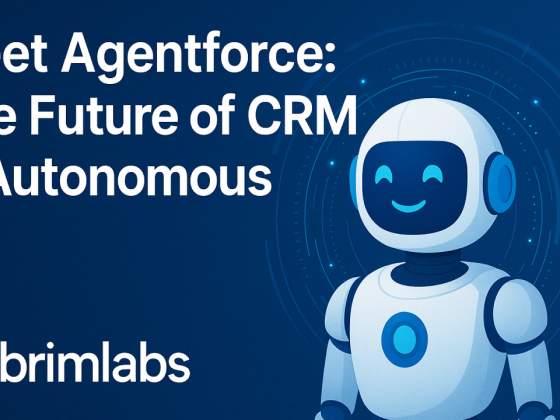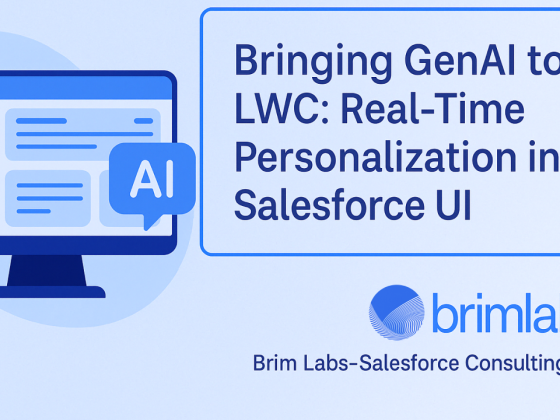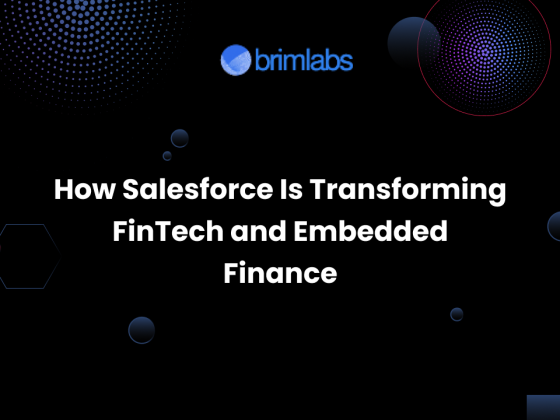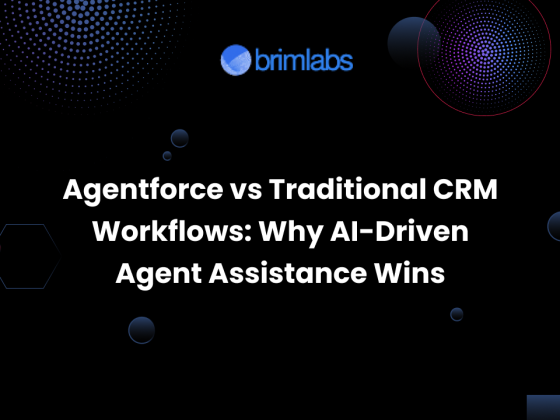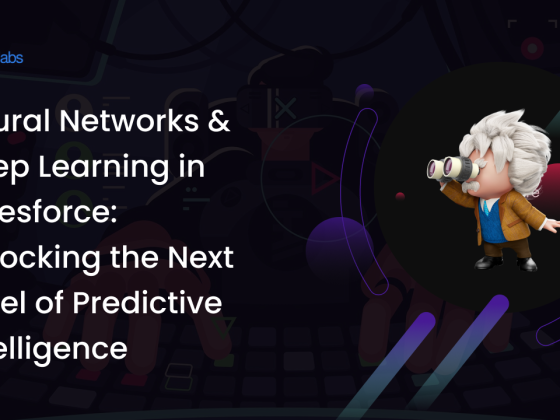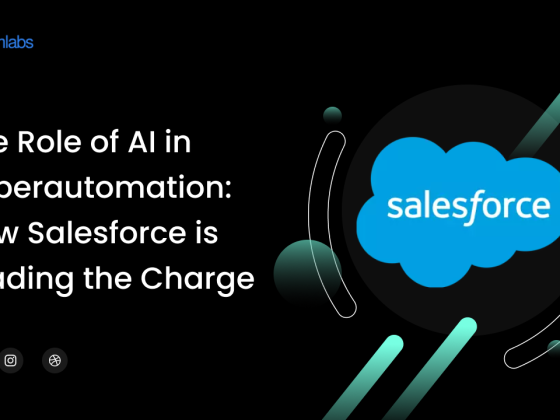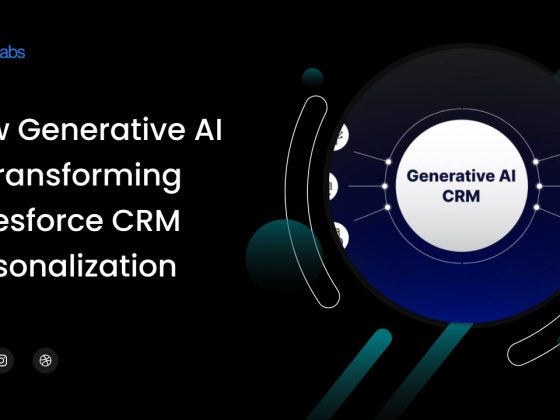Salesforce. A name that needs no introduction. Salesforce is a top cloud-based CRM software that facilitates customer relationship management, operational efficiency, and business expansion. It helps businesses to increase efficiency, acquire insights, and grow successfully by providing tools for marketing, sales, customer support, and other areas. But a successful Salesforce implementation is key to achieving optimal results. It ensures that Salesforce is customized to meet business needs, data is managed efficiently, and users are well-trained to maximize the platform’s capabilities—ultimately enhancing productivity and boosting return on investment.
Choosing right Salesforce Edition
Choosing the right Salesforce edition depends on your organisation’s size, budget, and specific business needs.
Edition for Salesforce are:
Essentials:
- Task tracking, lead management, and contact management are the main CRM functionalities that are appropriate for small teams (up to ten individuals).
Professional:
- Adaptable dashboards, automation features, and cutting-edge sales and marketing solutions for expanding companies.
Enterprise:
- Suitable for larger enterprises, offering deeper automation for complicated operations, full customisation capabilities, and access to APIs.
Unlimited:
- All the features of Enterprise plus additional storage, full development possibilities, and first-rate support; perfect for big businesses requiring a lot of customisation.
1. Understand Your Business Requirements
- Small Business or Startup: Salesforce Essentials can be adequate if you only require the most basic CRM features with little modification.
- Mid-Sized Business: Take into consideration Professional if you need extra capabilities like automation, reporting, and integrations.
- Large Enterprise: The Enterprise or Unlimited editions allow significant customization and scalability for intricate business requirements, sophisticated automation, and custom app development.
2. Consider User Limits and Costs
- Essentials: Ten users only.
- Expert, Business, Endless: As your team expands, provide greater scalability and flexibility. As features are added, prices go up.
3. Look at Future Scalability
- Select an edition—such as Enterprise or Unlimited—that enables smooth scaling if your company is expanding quickly. These editions offer space for additional users and custom apps.
4. Consult with a Salesforce Expert
- If you’re unsure, speak with a Salesforce partner or specialist to match the appropriate version to your business’s demands and steer clear of pointless expenses.
Salesforce Features
1. Setting up Users, Roles, and Permissions
- Users: Begin by adding members of your team to Salesforce. Assign licenses according to their duties (e.g., System Admin, Standard User).
- Positions: Create a role hierarchy that is identical to the structure of your company. This manages reporting and data visibility.
- Authorizations: To specify what users can see and do, utilize permission sets and profiles. Permission sets grant greater access without changing profiles, whereas profiles define the minimum permissions.
2.Configuring Key Objects (Leads, Accounts, Contacts, Opportunities)
- Leads: Monitor incoming leads, personalise the lead conversion procedure, set up lead assignment guidelines.
- Contacts and Accounts: Sort through your business accounts and the contacts that go with them. Make hierarchies in your accounts to symbolise parent-child relationships.
- Opportunities: Use opportunities to oversee sales agreements. Establish opportunity teams to engage in cooperative selling and modify the phases to fit your sales strategy.
3. Customising Page Layouts and Record Types
- Page Layouts: Customise the record pages’ fields, associated lists, and buttons to better suit your needs and style the user interface. For the purpose of streamlining their processes, various teams can have unique page layouts.
- Record Types: Within an object, use record types to distinguish between various business processes. For example, designate distinct record types with particular attributes and picklist values for every type of opportunity.
4. Configuring Security (Data Access, Field-Level Security)
- Data Access: Use role hierarchy, sharing rules, and organisation-wide defaults (OWD) to manage who can see what. To protect data privacy, you can modify access at the object, record, and field levels.
- Field-Level Security:Specify which fields are editable or visible to various profiles using field-level security. This provides an additional degree of security, particularly for private data like social security numbers or salary.
Salesforce: Customization vs. Configuration
Configuration:
It consists of making modifications without writing any code by using point-and-click tools. Setting up user permissions, modifying website layouts, and producing reports are a few examples.
Customization:
Writing code (Apex, Visualforce, Lightning Components) to extend Salesforce’s capabilities beyond what is possible through configuration is known as customization. Examples of this type of work include creating custom apps or intricate connections.
1.Creating Custom Objects, Fields, and Relationships
- Custom Objects: You can construct custom objects to hold specific data (such products or projects) in Salesforce when the regular objects, like accounts or contacts, don’t suit your needs.
- Custom Fields: You can add fields to both standard and custom objects to collect specific business data, such client preferences or project deadlines.
- Relationships: To preserve data integrity and build intricate business processes, link items using lookup and master-detail relationships. While lookup records are more tenuously linked, master-detail records guarantee that child records are dependent on a parent.
2.Automating Processes with Workflows, Process Builder, and Flow
- Workflows: Automate basic, rule-based operations such as emailing recipients or changing fields in response to predetermined events.
- Process Builder: A more sophisticated tool that lets you design multi-object, multi-step automation. It is frequently used to start complicated processes, such as posting to Chatter or generating related data.
- Flow: Salesforce’s most potent automation feature, Flow, allows you to create intricate, guided processes through the use of visual flows. It works well in cases when manipulating many objects, decision points, or user involvement are required.
3.Creating Validation Rules and Custom Formulas
- Validation Rules: Make sure that entries are saved only after they satisfy specific requirements by establishing rules that prohibit users from doing so (e.g., needing a reason for a discount or confirming that the email field has a valid address).
- Custom Formulas: To do real-time computations on records, use formulas. These can be as basic as algebra or as sophisticated as logic that consults linked documents to guarantee that crucial data fields are consistently correct and current.
Salesforce Resources and Support
- Trailhead: The interactive, free learning platform offered by Salesforce. Trailhead provides guided learning pathways, or Trails, that span a variety of subjects from basic to complex. It is the preferred source for learning at your own speed.
- Help Documentation: Official manuals, articles, and best practices for using and managing Salesforce may be found in Salesforce’s extensive help library. It’s a useful resource for finding solutions to certain problems or discovering new features.
- Communities on Salesforce: Participate in active user communities such as StackExchange, Trailblazer Community, and Salesforce Success Community. These platforms provide discussion rooms where experts and users may work together to solve problems, exchange knowledge, and identify best practices.

Conclusion
Implementing Salesforce successfully starts with having a solid understanding of its configuration and customization possibilities in addition to utilising essential resources. Businesses may automate complex processes and streamline operations by properly configuring users, permissions, and essential items. Tools like Process Builder, Flow, and validation rules can also be used in this regard. Furthermore, utilising Trailhead, Salesforce communities, and consultants can significantly improve the implementation process. In addition to increasing team productivity, making sure users receive the appropriate training and earning Salesforce certifications can help you make the most of the platform’s potential to fulfil your business needs.
Ready to transform your business with Salesforce? Start your implementation journey today with Brim Labs and unlock the full potential of your CRM with expert guidance and the right tools!

